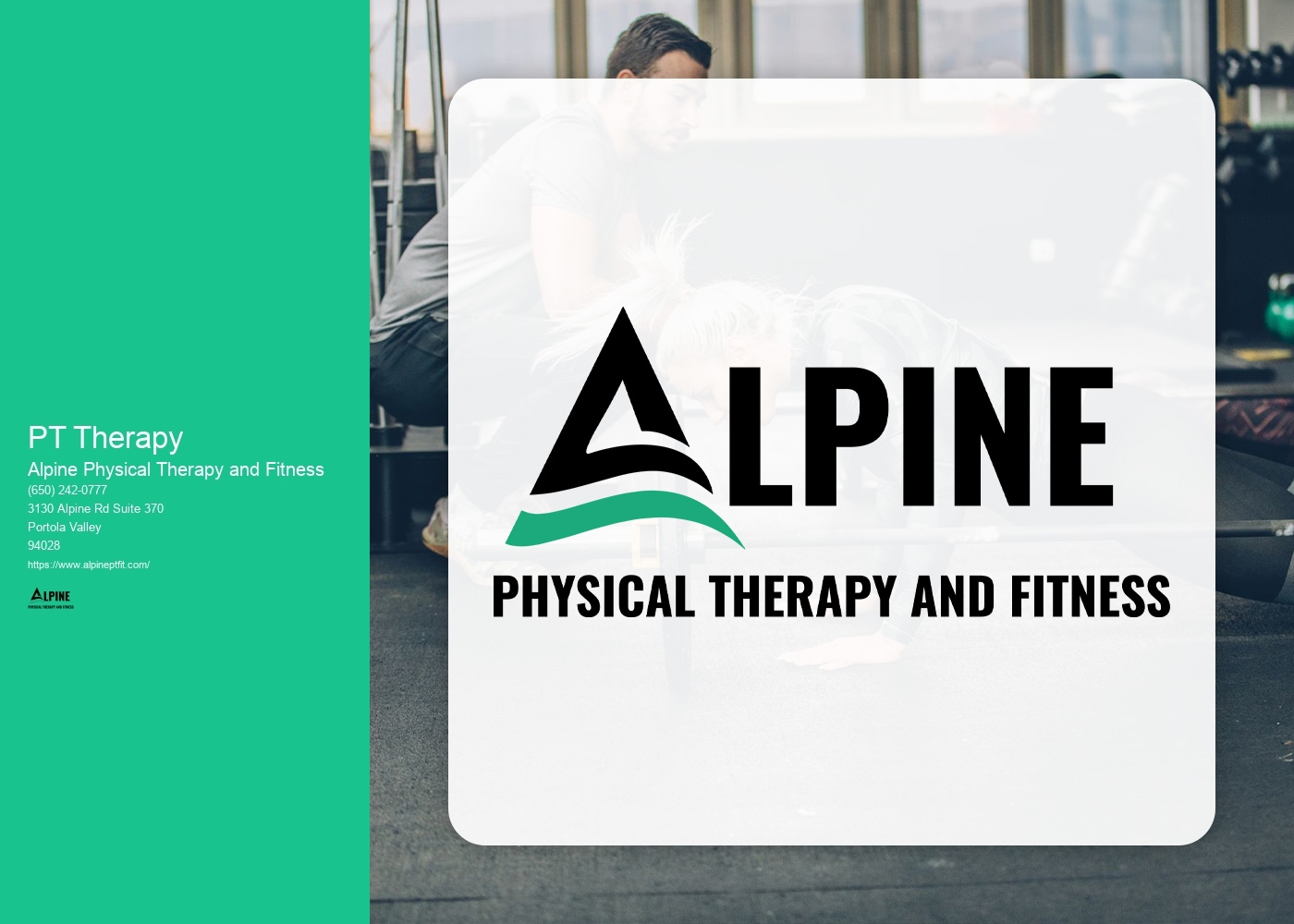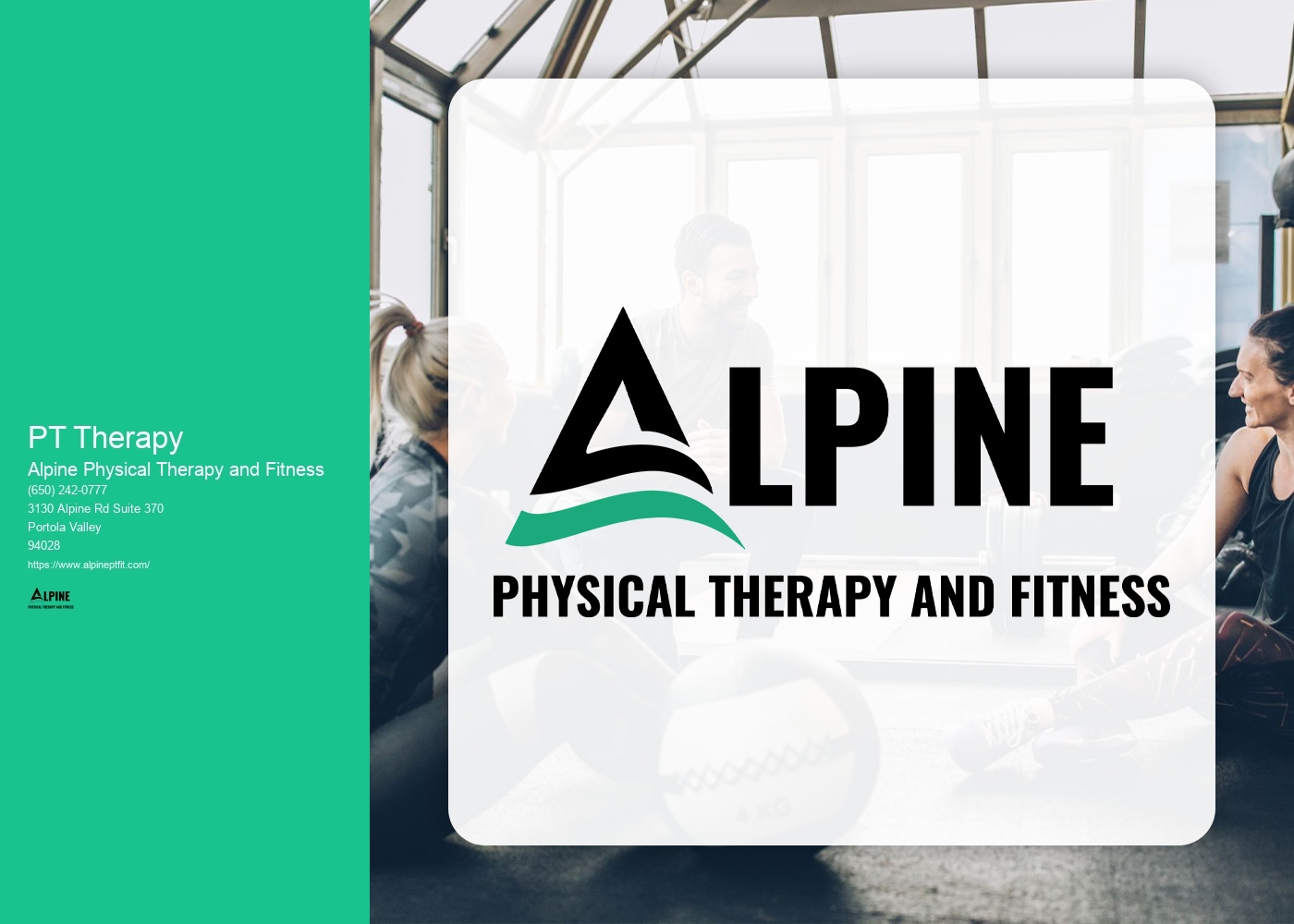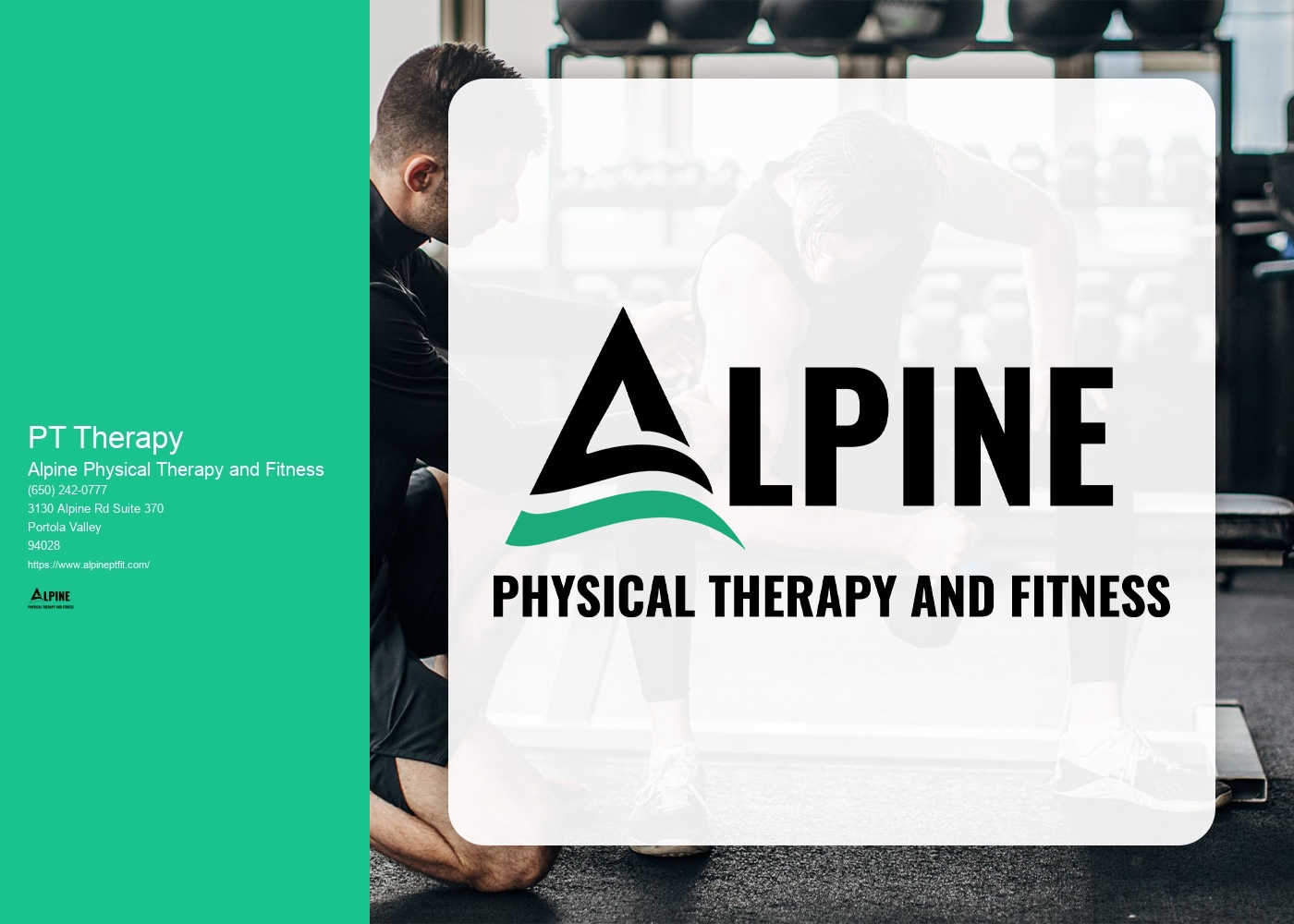

Physical therapy is a form of therapy that focuses on improving physical function and mobility through various techniques and exercises. It differs from other forms of therapy, such as occupational therapy or speech therapy, in that it specifically targets physical impairments and aims to restore or enhance physical abilities. Physical therapists are trained healthcare professionals who assess and treat individuals with musculoskeletal, neurological, or cardiopulmonary conditions.
Physical therapy can help with a wide range of conditions and injuries. It is commonly used to treat musculoskeletal injuries, such as sprains, strains, and fractures. It can also be beneficial for individuals recovering from surgeries, such as joint replacements or spinal surgeries. Physical therapy can assist in managing chronic conditions, such as arthritis or fibromyalgia, and can also aid in rehabilitation after a stroke or traumatic brain injury. Additionally, physical therapy can be helpful for individuals with balance and coordination issues, sports-related injuries, and chronic pain.
The duration of a typical physical therapy session can vary depending on the individual's needs and the specific treatment plan. On average, a session may last between 30 minutes to an hour. The frequency of sessions can also vary, with some individuals attending therapy once or twice a week, while others may require more frequent sessions initially and then taper off as they progress.

In many cases, a referral from a doctor is required to see a physical therapist. This is especially true if you plan to use health insurance to cover the cost of therapy. However, some states have direct access laws that allow individuals to see a physical therapist without a referral for a certain period of time or for specific conditions. It is best to check with your insurance provider or local regulations to determine if a referral is necessary.
The frequency of physical therapy sessions will depend on the individual's condition and treatment plan. Initially, sessions may be more frequent, such as two to three times a week, to address acute issues or to establish a baseline for treatment. As the individual progresses, the frequency may decrease to once a week or every other week. Ultimately, the goal is to empower the individual with the knowledge and tools to continue their exercises and self-care at home.

In addition to in-person sessions, physical therapists often provide exercises and activities for individuals to do at home. These exercises are designed to complement the in-person sessions and help individuals progress towards their goals. The therapist will provide instructions on how to perform the exercises correctly and may also provide written or visual materials to assist with home practice. Consistency and adherence to the home exercise program are important for achieving optimal results.
The time it takes to see results from physical therapy can vary depending on the individual's condition, the severity of the injury or impairment, and their commitment to the treatment plan. Some individuals may experience improvements within a few weeks, while others may require several months of consistent therapy to see significant progress. It is important to communicate regularly with the physical therapist and follow their guidance to maximize the benefits of therapy.

Yes, there are specialized techniques for treating infant torticollis. One commonly used technique is called passive stretching, where a healthcare provider gently moves the baby's head in different directions to help improve range of motion. Another technique is called active stretching, where the baby is encouraged to move their head on their own through play and exercises. Additionally, positioning techniques such as tummy time and using special pillows or supports can help to alleviate the symptoms of torticollis. It is important for parents to work closely with healthcare professionals to develop a personalized treatment plan for their infant, as each case of torticollis may require different interventions.
Physical therapists play a crucial role in the management of patients with congestive heart failure (CHF). They work closely with these patients to develop individualized exercise programs that focus on improving cardiovascular fitness, strength, and endurance. Physical therapists also educate patients on the importance of regular physical activity and provide guidance on how to safely engage in exercise. Additionally, they may use techniques such as manual therapy and breathing exercises to help improve lung function and reduce shortness of breath. By collaborating with other healthcare professionals, physical therapists ensure that patients with CHF receive comprehensive care that addresses their specific needs and helps improve their overall quality of life.
Physical therapy can play a crucial role in managing scoliosis by providing targeted exercises and interventions that aim to improve posture, strengthen muscles, and increase flexibility. Through a comprehensive evaluation, a physical therapist can develop a personalized treatment plan that may include exercises to correct imbalances, stretches to improve range of motion, and manual therapy techniques to alleviate pain and discomfort. Additionally, physical therapy can educate individuals with scoliosis on proper body mechanics and ergonomics to prevent further progression of the condition. By addressing the specific needs of each individual, physical therapy can help improve functional abilities, reduce pain, and enhance overall quality of life for those with scoliosis.
There are several targeted exercises that can be beneficial for improving fine motor skills in children with autism. These exercises focus on developing hand-eye coordination, finger dexterity, and overall control of small movements. Some examples include using playdough or clay to mold shapes and objects, practicing cutting with scissors to enhance precision and control, engaging in activities that involve picking up small objects with tweezers or tongs, and using puzzles or building blocks to promote manipulation and manipulation skills. Additionally, activities such as drawing, coloring, and writing can also help improve fine motor skills in children with autism. It is important to tailor these exercises to the individual needs and abilities of each child, and to provide a supportive and encouraging environment to foster their progress.
Aquatic therapy offers numerous benefits for individuals with spinal cord injuries. The buoyancy of water reduces the impact on the joints and spine, allowing for increased mobility and range of motion. The resistance provided by the water helps to strengthen muscles and improve overall strength and endurance. Additionally, the hydrostatic pressure of the water can help to reduce swelling and improve circulation. Aquatic therapy also provides a safe and supportive environment for individuals with spinal cord injuries to work on balance, coordination, and functional activities. The calming and relaxing nature of water can also help to reduce pain and promote a sense of well-being. Overall, aquatic therapy is a highly effective and enjoyable form of rehabilitation for individuals with spinal cord injuries.